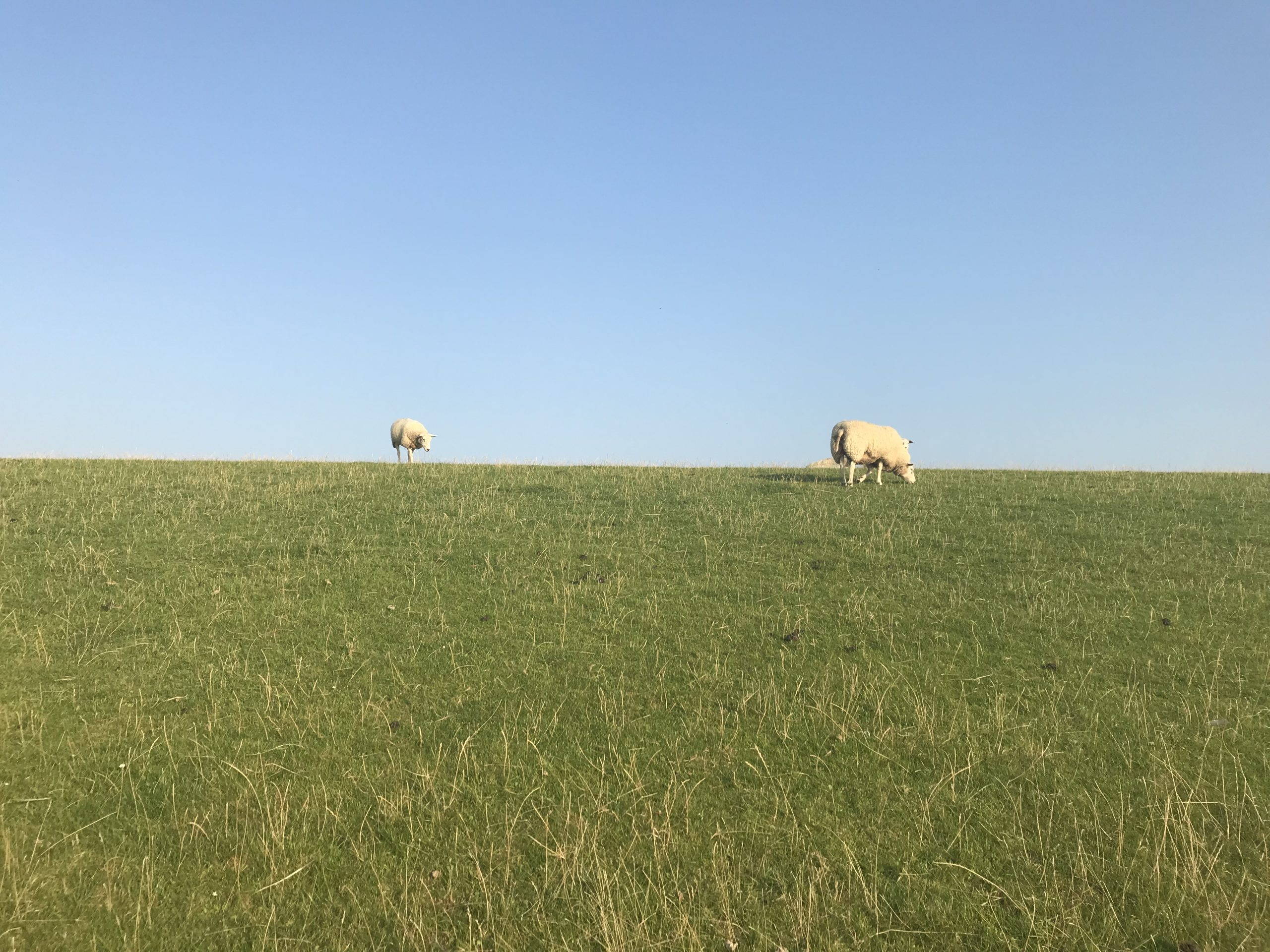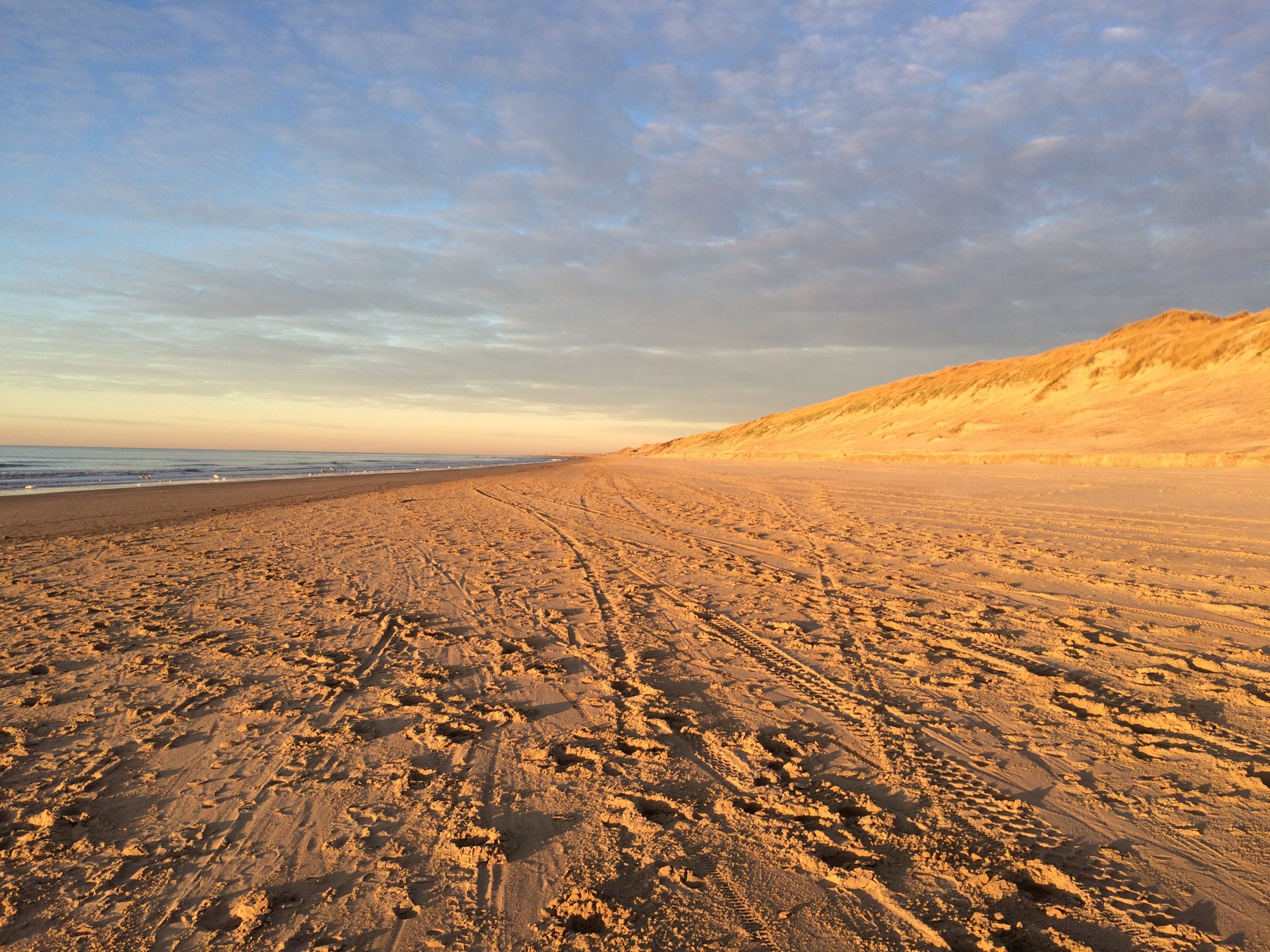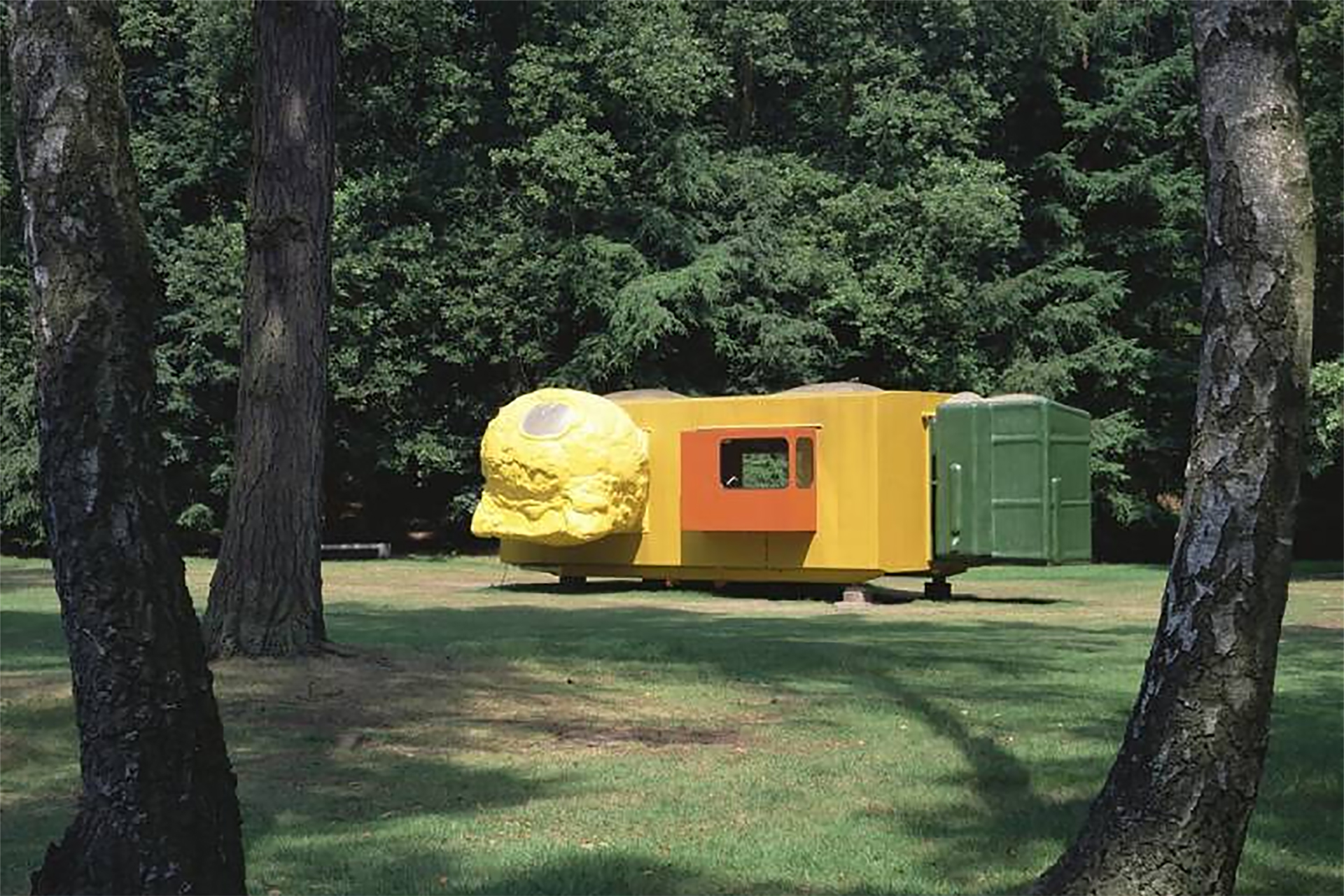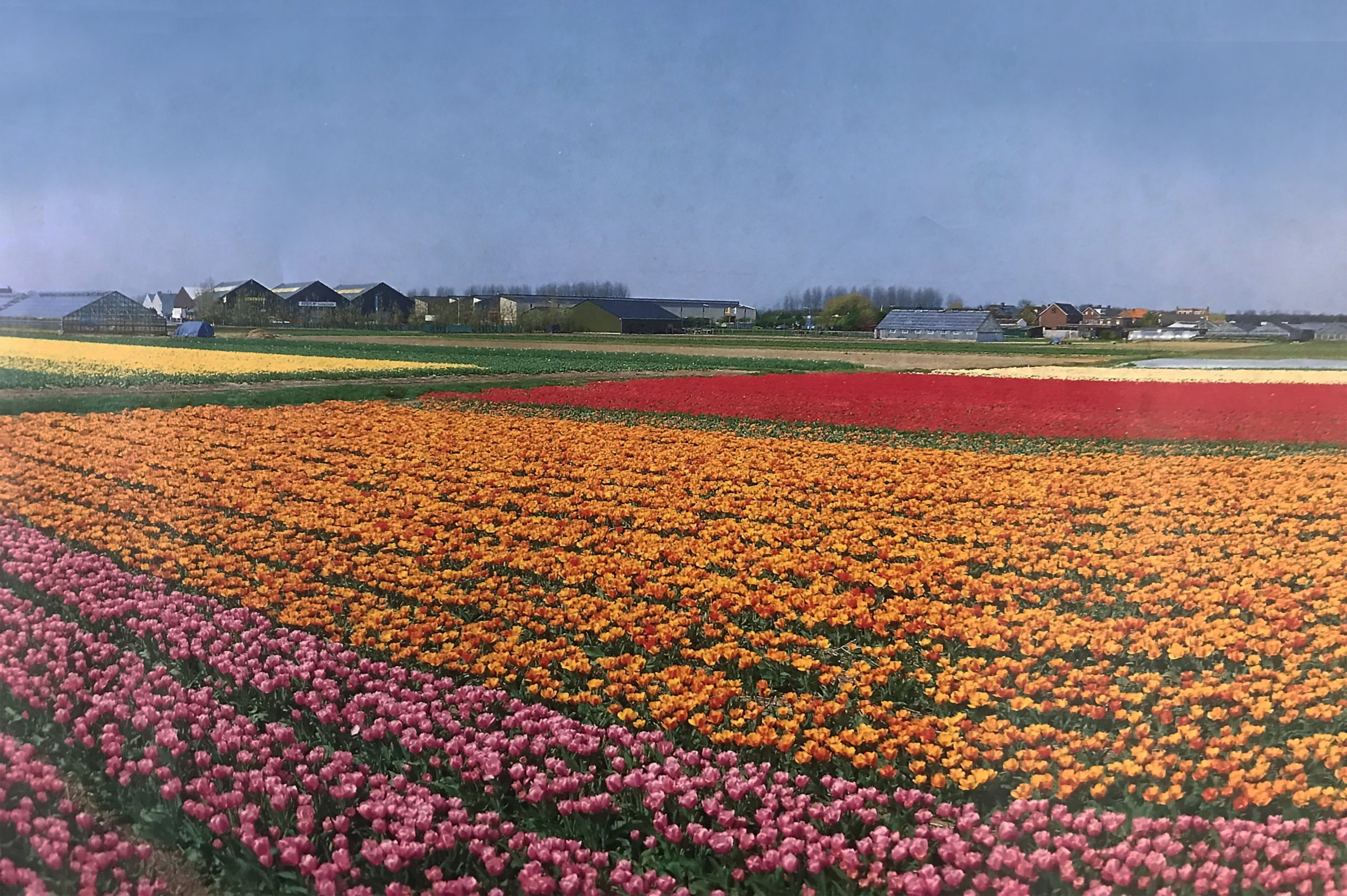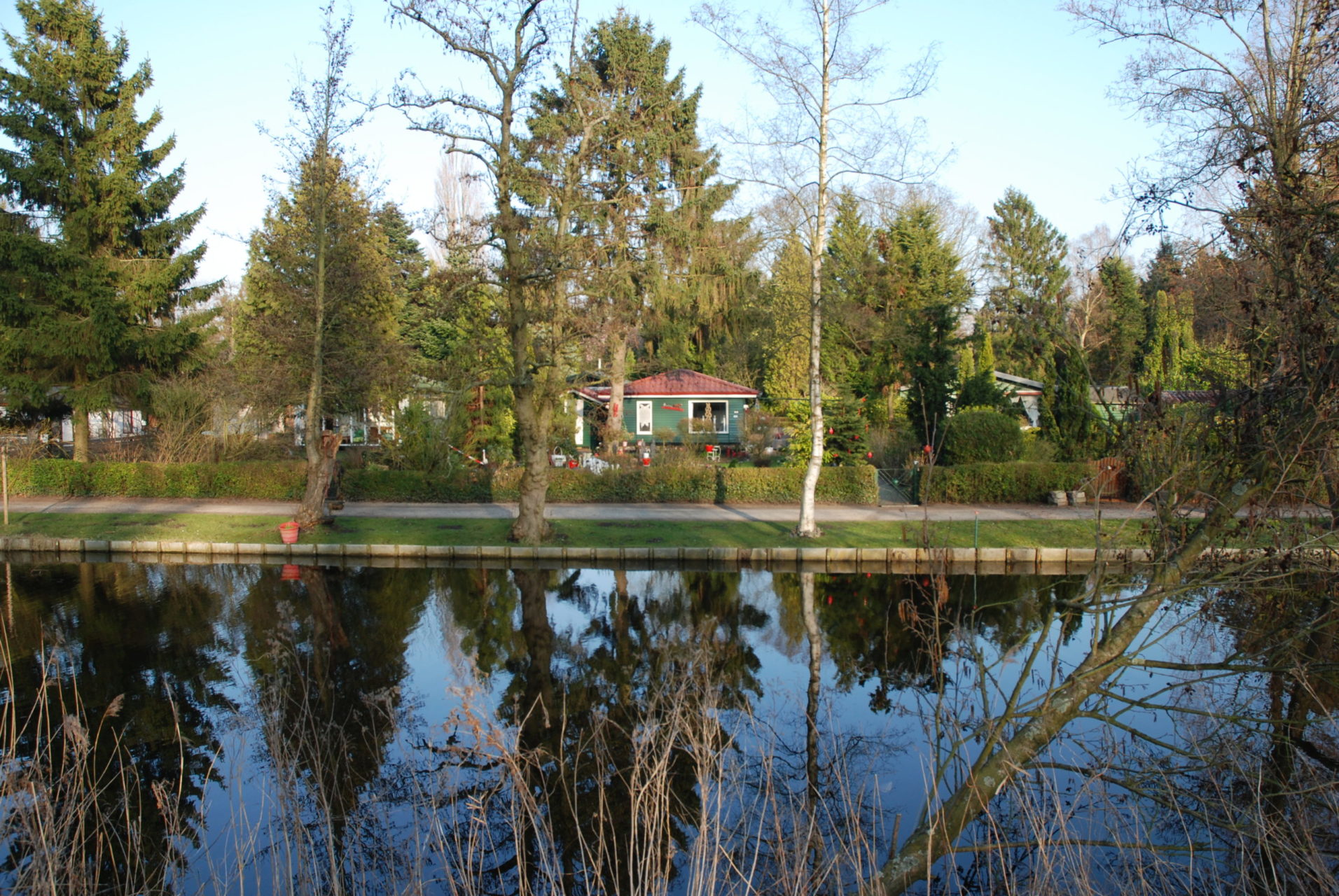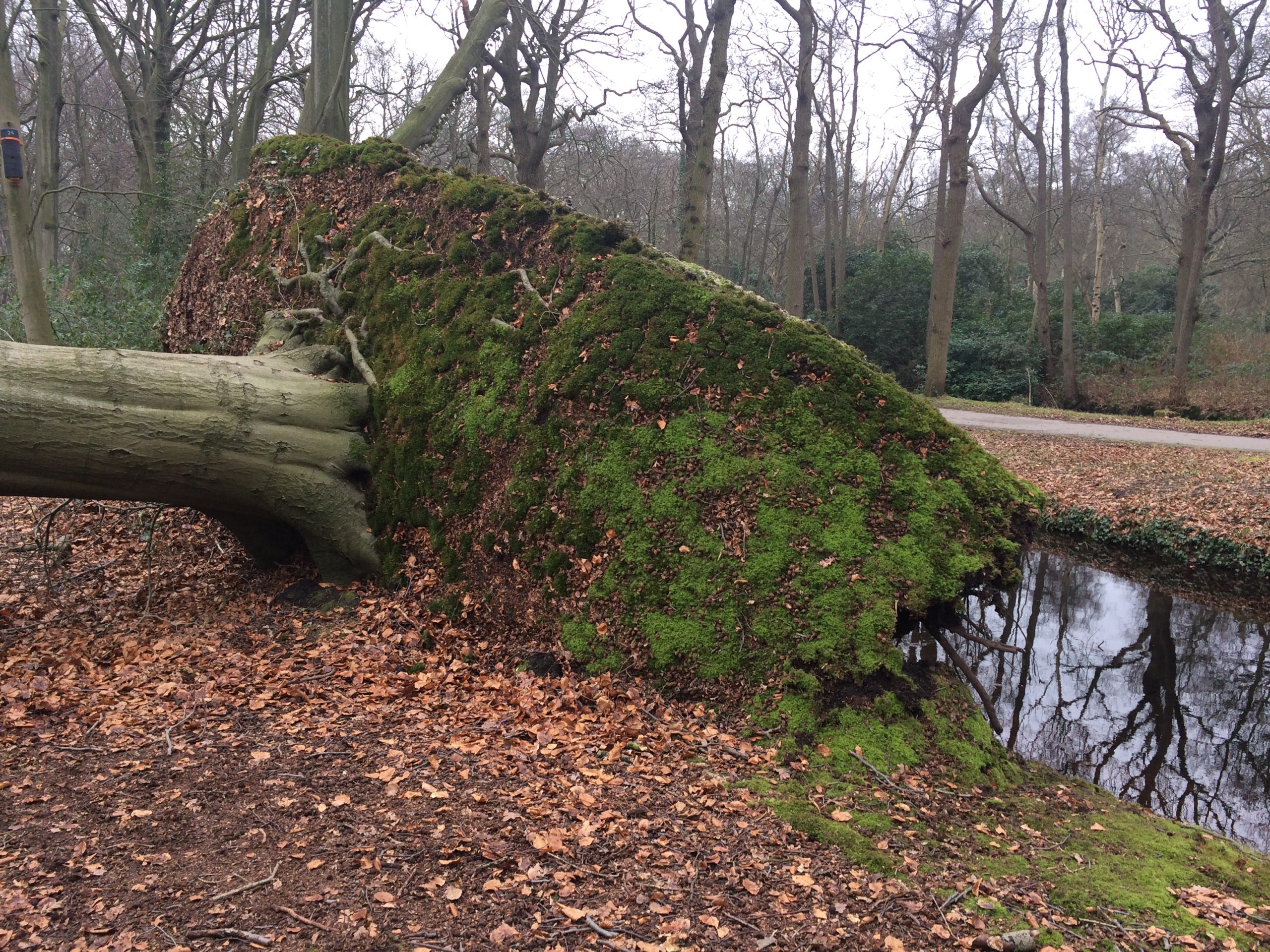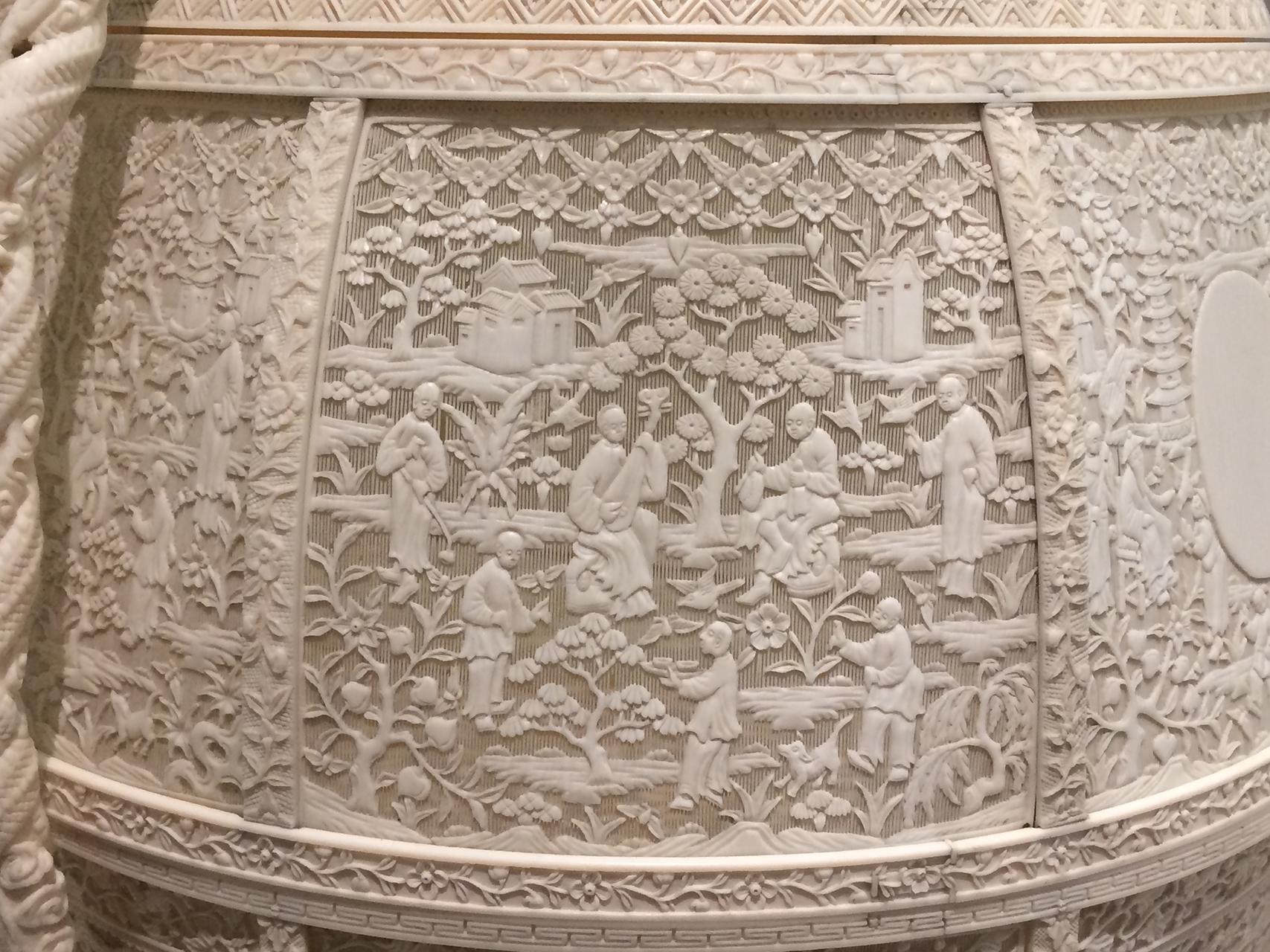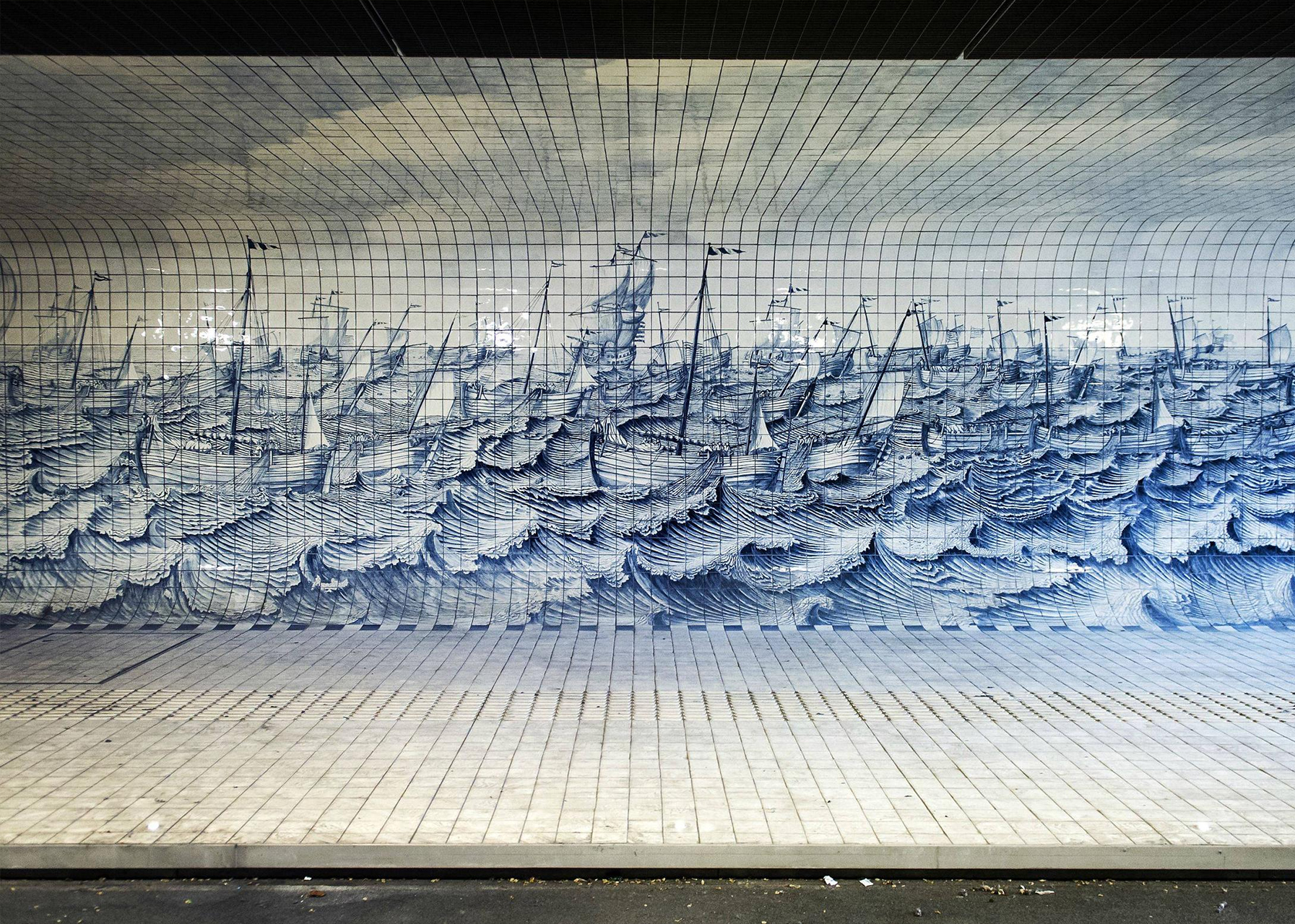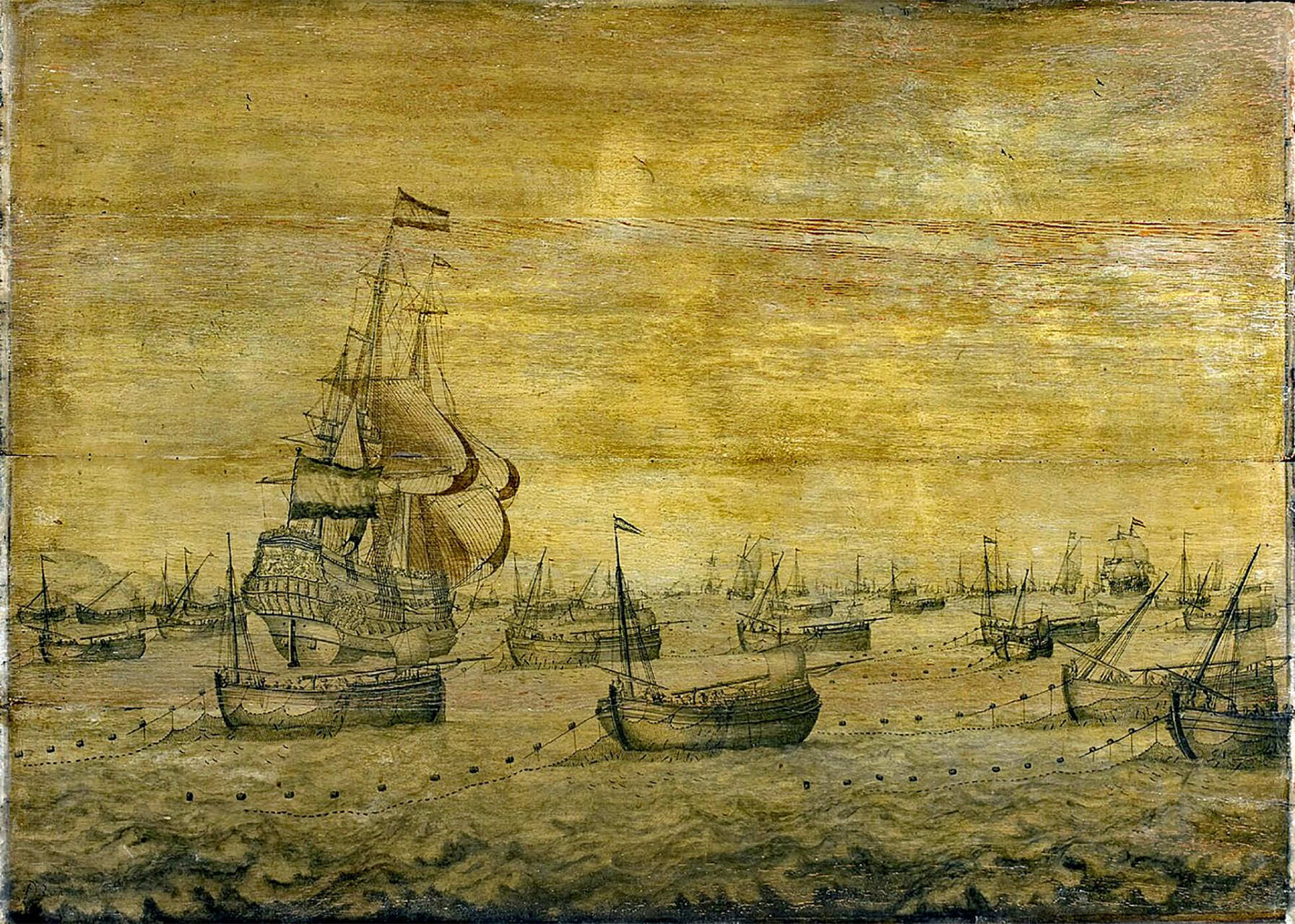Culture & Nature
Culture & Nature go hand in hand in the Netherlands. In the first place, because more than half of the country has been claimed from the sea. It is not surprising that the Dutch national character is partly determined by this struggle with the water. To stay on the winning side, the inhabitants had to work together on an equal footing to build dikes and windmills. The result is an egalitarian society, averse to all kinds of formalities.
Culture and Nature are recurring themes in our tours. Some people are convinced that ‘original’ nature no longer exists in the Netherlands. Inevitable if you are the second most populous country in Europe with 17.5 million people. Islands are kept in place in the Waddenzee, beaches are raised, even the Amsterdam forest was created by unemployed people during the Great Depression.
Religion and trade have had a major influence on the Netherlands. The emphasis was placed on individualism and personal responsibility. During the Reformation, the Northern Netherlands became a refuge for many protestant merchants and craftsmen. This combination created a very pragmatic morality beneficial to the economy, that can be found in Dutch ’tolerance policy’ today. So the Dutch believe that everything should be allowed, even if they do not really agree with it themselves. As a result Amsterdam became a metropolis with an international character.
Another interesting example where nature and culture come together is the famous Dutch herring. Various inventions and developments from the early 14th to late 16th century meant that fishermen could fish further from the coast. In the middle of the North Sea, near the Dogger Bank, they came across schools of the thickest herring.

